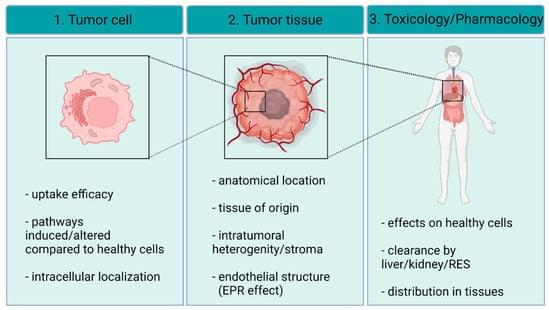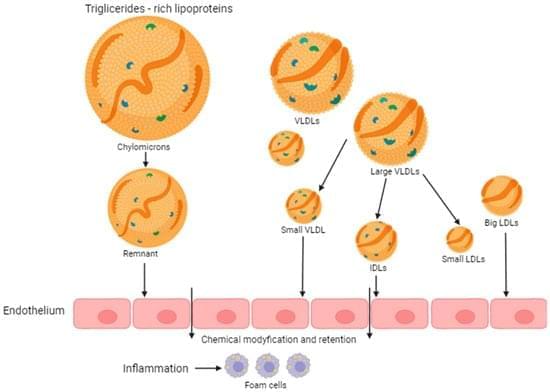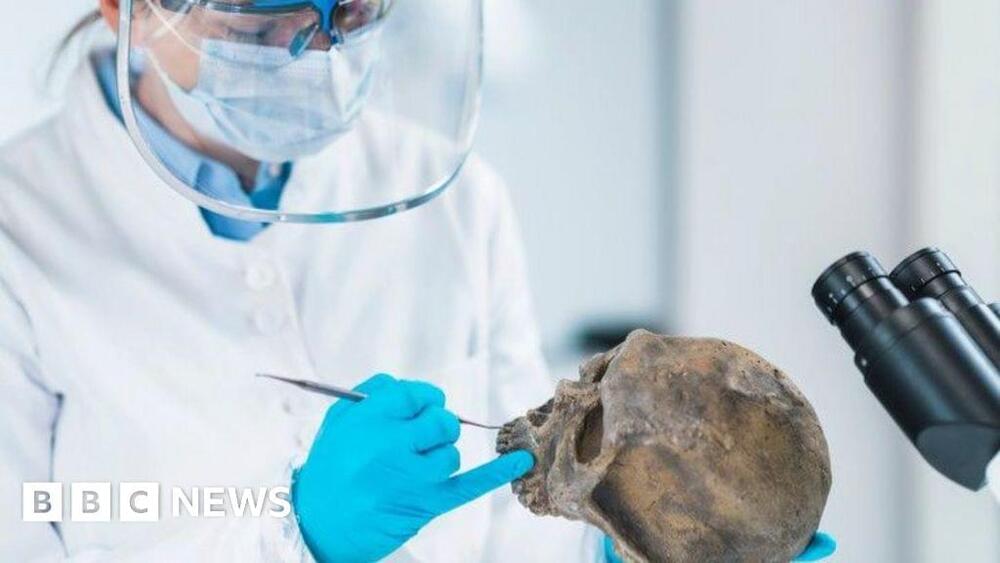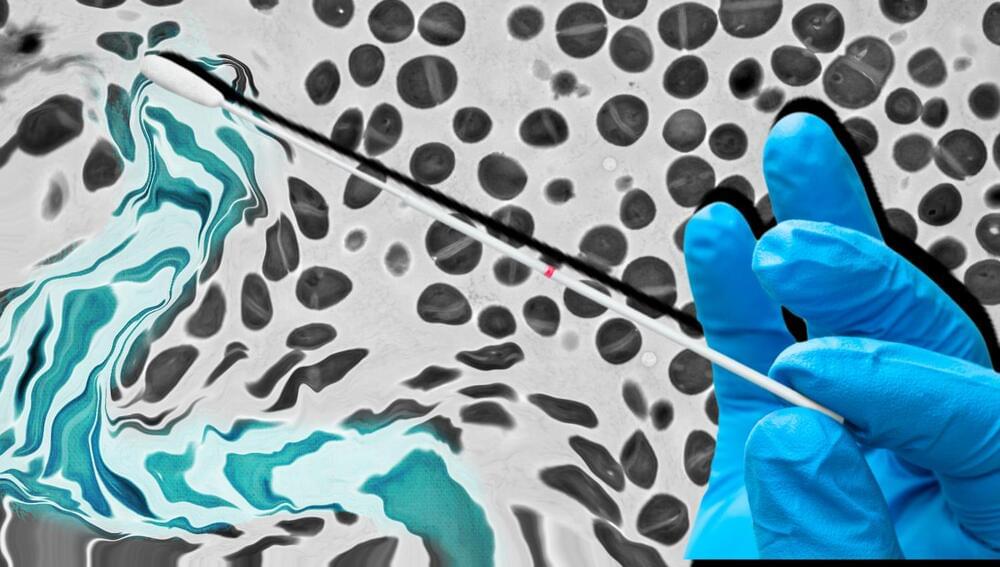As an emerging new class, metal nanoparticles and especially silver nanoparticles hold great potential in the field of cancer biology. Due to cancer-specific targeting, the consequently attenuated side-effects and the massive anti-cancer features render nanoparticle therapeutics desirable platforms for clinically relevant drug development. In this review, we highlight those characteristics of silver nanoparticle-based therapeutic concepts that are unique, exploitable, and achievable, as well as those that represent the critical hurdle in their advancement to clinical utilization. The collection of findings presented here will describe the features that distinguish silver nanoparticles from other anti-cancer agents and display the realistic opportunities and implications in oncotherapeutic innovations to find out whether cancer therapy by silver nanoparticles is fiction or reality.






